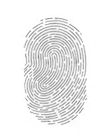
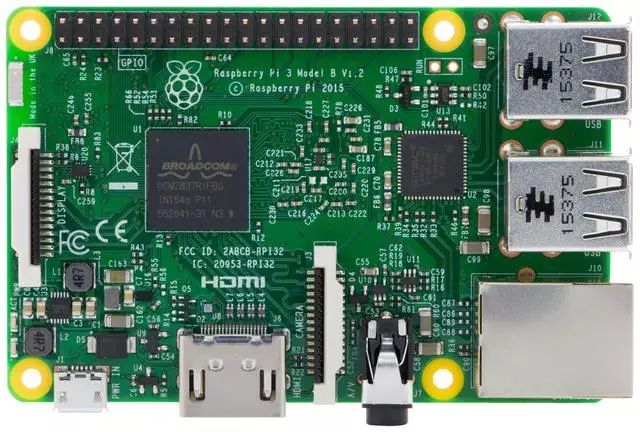
Tencent Digital News (Da He) The Raspberry Pi 3 is the latest version of the highly praised DIY card computer, which adds Wi-Fi and Bluetooth modules, yet remains priced at £32.10 (about 298 RMB). Now, this product looks more like an “all-powerful” circuit board. Undoubtedly, this is the best Raspberry Pi so far.
For those who are not particularly interested in learning Python, C, or Java through this circuit board, the new features also make it usable as a retro gaming console. Of course, it is also very convenient for media streaming purposes.
Design and Features
The Raspberry Pi 3 looks almost identical to the Raspberry Pi 2, which means that if you already have a case suitable for the Raspberry Pi 2, you can use it directly. For those who have never encountered the Raspberry Pi 3, the size of this product is roughly equivalent to that of your palm.
This card computer, purchased at the starting price, does not come with any optional accessories, such as a power supply, case, or various connection cables. However, any Android or Windows phone user can power the Raspberry Pi 3 using the included 5V charger, but it has higher current requirements. If you plan to connect multiple peripherals, the Raspberry Pi 3 requires up to 2.5A of current, and some phone chargers may not provide this much current.
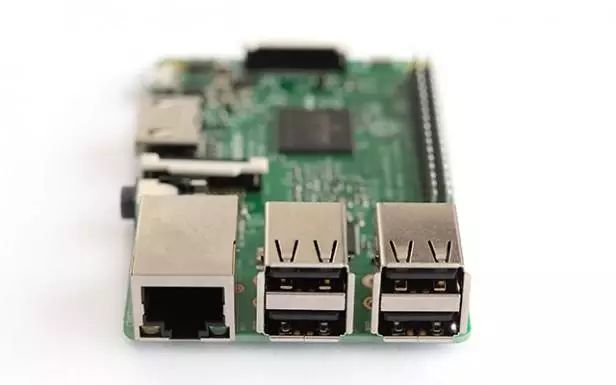
The Raspberry Pi 3 has the same ports as the Raspberry Pi 2, including 4 USB ports, 1 Ethernet port, and 1 full-size HDMI port. All USB ports are version 2.0, which is mainly related to the cost of the product.
The Raspberry Pi also does not provide built-in storage space; users in need can expand it through the microSD card slot below, which supports the high-performance microSDXC standard, meaning users can use a microSD card of up to 128GB, turning this card computer into a mini media player in hand.
Another very convenient interface is the 3.5mm audio jack.
The main difference between the Raspberry Pi 3 and the Raspberry Pi 2 is that the former provides support for Wi-Fi (b/g/n) and Bluetooth directly through onboard modules, while the latter required a USB adapter to achieve these functionalities.
When the Raspberry Pi 3 was first launched, the default Raspbian OS did not support these newly added features, but subsequent updates resolved this issue, which is good news for users, as Raspbian OS is effectively the standard operating system for this product, and many users encounter the Raspberry Pi through it.
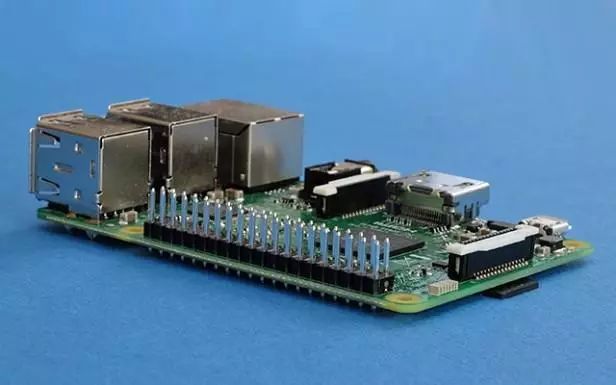
The Raspberry Pi 3 still provides 40 GPIO pins that can be used to connect components like LEDs and motors. The port located between the HDMI and the 3.5mm audio jack is used to connect the camera, and the 5-megapixel camera module can be purchased through the Raspberry Pi Foundation.
For those eager to connect various modules for debugging and programming, the Raspberry Pi 3 can also connect to the new BBC micro:bit device.
Software and System Support
Similarly, if users only purchase the Raspberry Pi starter kit, the product does not come with any pre-installed software. Completing this on your own does not incur any costs, but for those who dislike hassle, spending a little more to buy a microSD card with pre-installed software might be a good idea, although this would take away the fun of doing it yourself.
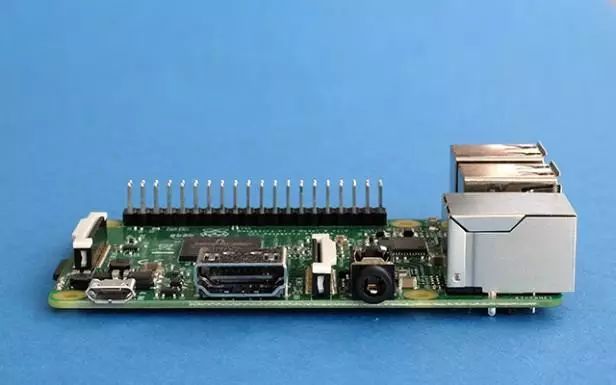
One unresolved issue is that users cannot run the Android system on the Raspberry Pi. Although there are related projects underway for porting, if users merely wish to see the Android interface on their TV, there are many more suitable options available on the market.
The Raspberry Pi 3 is primarily designed to run the Debian-based Raspbian system, which has been regarded as the “official” operating system for this card computer.
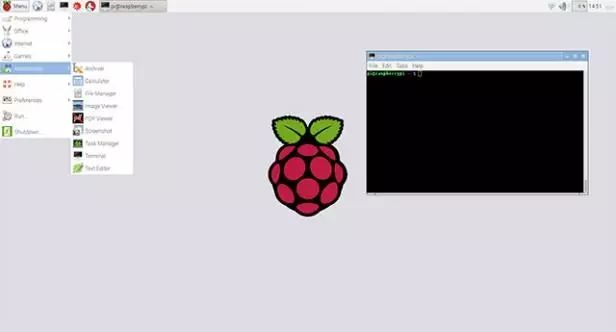
Raspbian includes applications similar to Office, the Raspberry Pi version of “Minecraft”, web browsers, and a series of tools, some of which can help users learn programming. Starting from scratch can be more enjoyable for beginners. Users can find a visual programming tool that is nowhere near as intimidating as C language, allowing them to create simple programs and games without much experience. Additionally, various ready-made resources can also be found on the Raspberry Pi website.

Remember, if you or your children want to delve deeply into the Raspberry Pi, the final expenses will far exceed the starting price. However, compared to various Lego sets, this expenditure is still worthwhile.
Of course, some users may approach this product from a completely different angle, such as turning it into a media player or installing various console game emulators to relive childhood memories from the 1990s.
There are several different media players available online, including several versions evolved from XBMC.
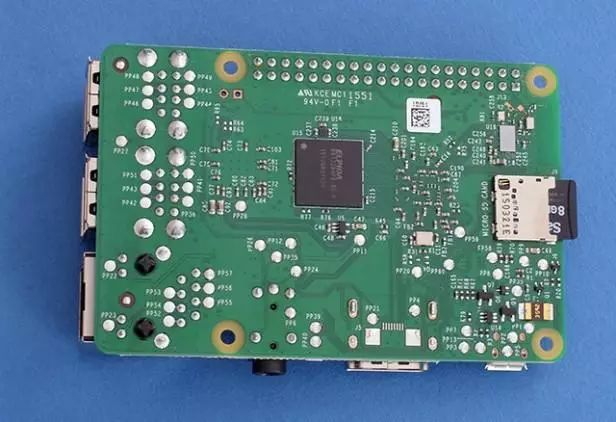
Unless you plan to dabble, you still need to learn some basic Linux commands, some of which are needed when turning the Raspberry Pi into a game console.
Performance
In addition to Bluetooth and Wi-Fi, the Raspberry Pi 3 has a more powerful CPU and GPU compared to the Raspberry Pi 2.
Let’s start with the CPU. The Raspberry Pi 3 is equipped with Broadcom’s BCM2837 CPU, a quad-core CPU with a clock speed of 1.2GHz paired with a Cortex-A53 processor, which is commonly found in Qualcomm’s entry-level Snapdragon chipsets.
The Broadcom BCM2837 is a 64-bit CPU, more powerful than the quad-core Cortex-A7 Broadcom BCM2836 used in the Raspberry Pi 2. This is reflected in the Geekbench scores, with the Raspberry Pi 3 scoring 2086, while the Raspberry Pi 2 only scored 1302.
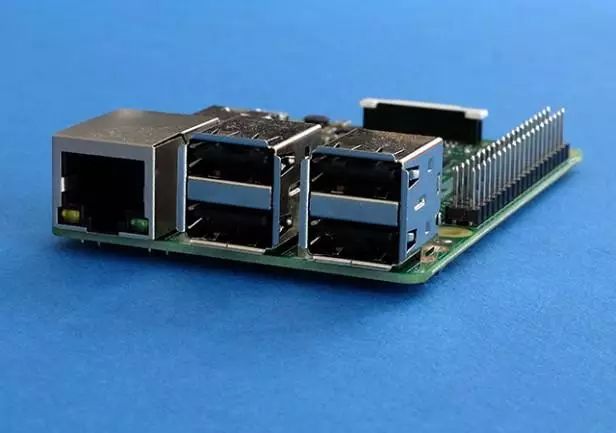
Additionally, the Raspberry Pi 3 uses a 400MHz GPU, while the Raspberry Pi 2 has a 250MHz GPU, but both use 1GB of DDR2 memory.
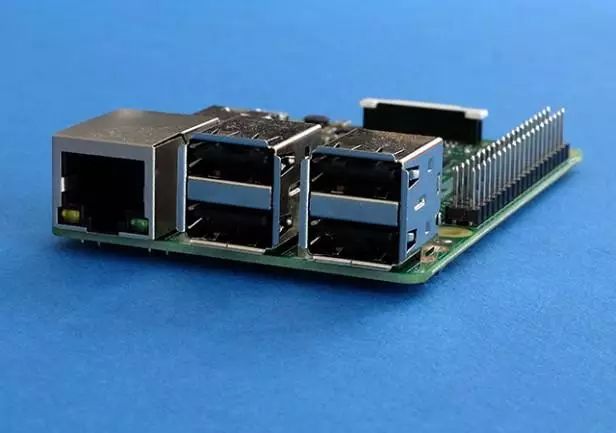
For basic video streaming tasks, the difference between the two products is not significant, as the performance of the Raspberry Pi 2 is already sufficient for such tasks, unless you are playing videos encoded with the latest H.265 codec. The difference is more easily felt through game emulators.
The Raspberry Pi 2 can run various 16-bit games, such as those on the Super Nintendo console, but it cannot handle N64 games. Although the Raspberry Pi 3 also cannot handle all N64 games, it can run some games, such as “The Legend of Zelda: Ocarina of Time”, albeit at a slower speed, affecting the experience.
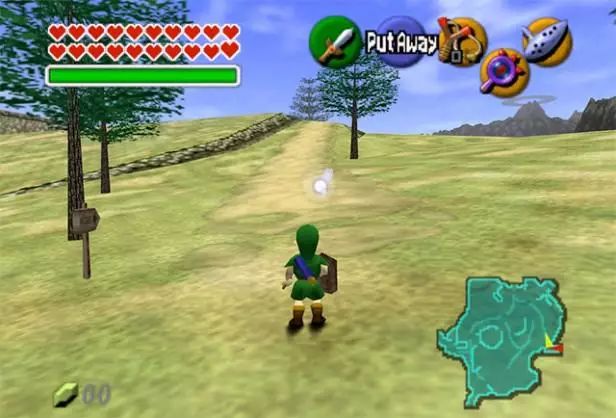
Using the Raspberry Pi as a PC
These enhanced performances can come in handy when handling web browsing or other work tasks, and there is no longer any noticeable delay when using the basic Raspbian interface.
Although loading web pages in the default browser is still slightly slow, it has improved significantly compared to the Raspberry Pi 2. In the previous product, users could easily encounter various delays beyond basic tasks.
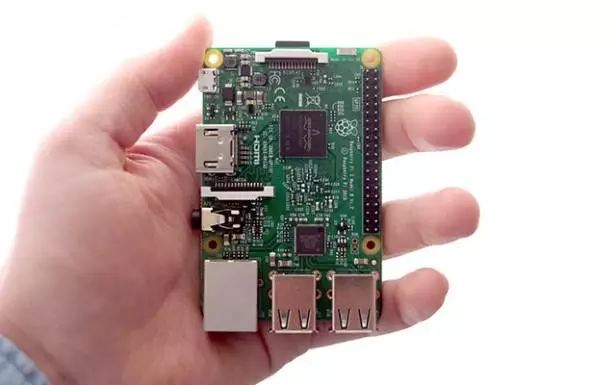
Is it Worth Buying?
The Raspberry Pi 3 shows significant improvement in performance over its predecessor, but most users will likely not notice the difference in performance, but rather the convenience of using wireless connectivity without the need for various external adapters. This also saves users the cost of purchasing various additional modules.
Although there are other DIY card computer products on the market, the Raspberry Pi is undoubtedly the most cost-effective choice.
This product was originally designed for young users, but the rich resources derived from it allow users of all ages to obtain what they want. Of course, for those who do not plan to practice programming on it, various TV sticks available on the market may be more suitable options.

